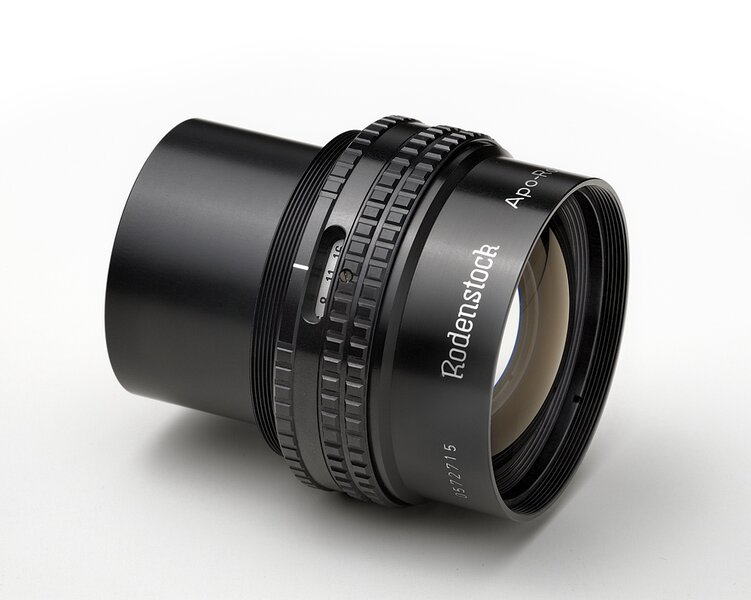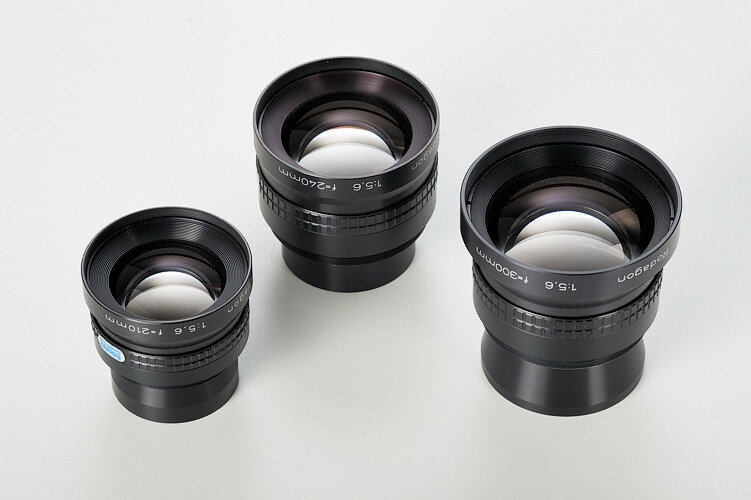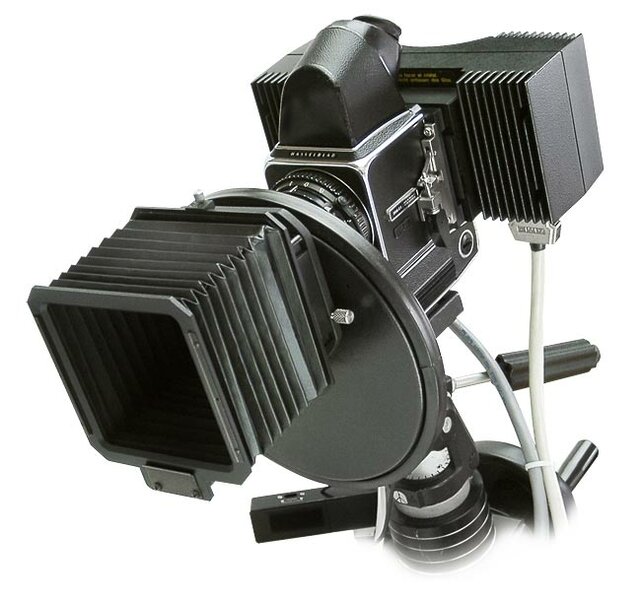Hello,
As a new member of L-mount community, I shall introduce myself. Living in the south of the Netherlands.
Using a „nickname“ - as for „now“ (learned from decades of online history).
Decades of photography history to (my age is 70+).
From young age as a basic have technical schooling, (afterwards some years design an art)
& started “at that time” as a industry & advertising photographer, grew up with analogue techniques.
Using film formats between 35mm roll film to 8x10 inch sheet film.
(Nikon SLR - Mamiya 6x7 - Sinar P2 4x5” & 8x10” sheet film - Broncolor Studio flash).
Starting experience digital using “Leaf DCB” digital back (behind a Hasselblad camera) around early years 1990.
By personal life, photography often also was more at the background. (What we call in the Netherlands “twelve crafts - thirteen accidents”).
By health, three inguinal hernias from carrying heavy equipment, & e.g. had a "stroke" (losing the mind, but luckily I found it again ) etc.
) etc.
Still, at an older age and retired, I try to “survive” in a sweet "low" speed of live & possibilities,
(without today's stress), and enjoy dabbling in photography.
After about 50 years using Nikon (as for 35mm camera) a few years ago I switched to L-mount / Lumix S1R system.
What a wonderful camera and system. Never have regrets and still love it.
Specially chosen the S1R by the high resolution EVF & brightness. The best there is IMO. (My eyes are getting older).
The L-mount forum is a community with relatively few members. (The L-mount system is underestimated IMO).
But at least I have found 'important' pioneers who know what they are talking about. That's why I signed up.
I think that in a number of cases I can also contribute to this community through my long photographic experience in general
and exchange of knowledge. (Specially also by my technical backgrounds / knowledge).
So in a nutshell my (photographic) life.
As a new member of L-mount community, I shall introduce myself. Living in the south of the Netherlands.
Using a „nickname“ - as for „now“ (learned from decades of online history).
Decades of photography history to (my age is 70+).
From young age as a basic have technical schooling, (afterwards some years design an art)
& started “at that time” as a industry & advertising photographer, grew up with analogue techniques.
Using film formats between 35mm roll film to 8x10 inch sheet film.
(Nikon SLR - Mamiya 6x7 - Sinar P2 4x5” & 8x10” sheet film - Broncolor Studio flash).
Starting experience digital using “Leaf DCB” digital back (behind a Hasselblad camera) around early years 1990.
By personal life, photography often also was more at the background. (What we call in the Netherlands “twelve crafts - thirteen accidents”).
By health, three inguinal hernias from carrying heavy equipment, & e.g. had a "stroke" (losing the mind, but luckily I found it again
Still, at an older age and retired, I try to “survive” in a sweet "low" speed of live & possibilities,
(without today's stress), and enjoy dabbling in photography.
After about 50 years using Nikon (as for 35mm camera) a few years ago I switched to L-mount / Lumix S1R system.
What a wonderful camera and system. Never have regrets and still love it.
Specially chosen the S1R by the high resolution EVF & brightness. The best there is IMO. (My eyes are getting older).
The L-mount forum is a community with relatively few members. (The L-mount system is underestimated IMO).
But at least I have found 'important' pioneers who know what they are talking about. That's why I signed up.
I think that in a number of cases I can also contribute to this community through my long photographic experience in general
and exchange of knowledge. (Specially also by my technical backgrounds / knowledge).
So in a nutshell my (photographic) life.


